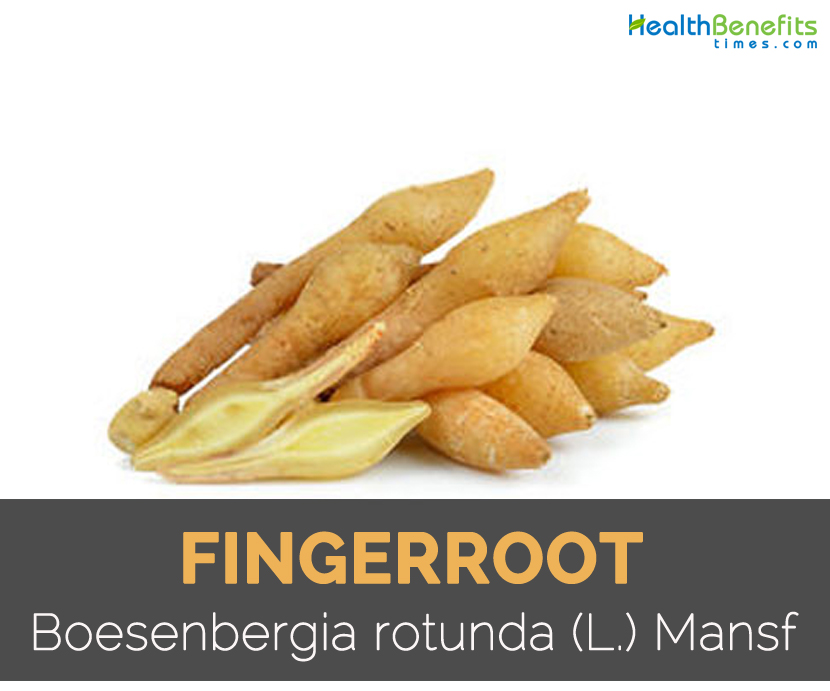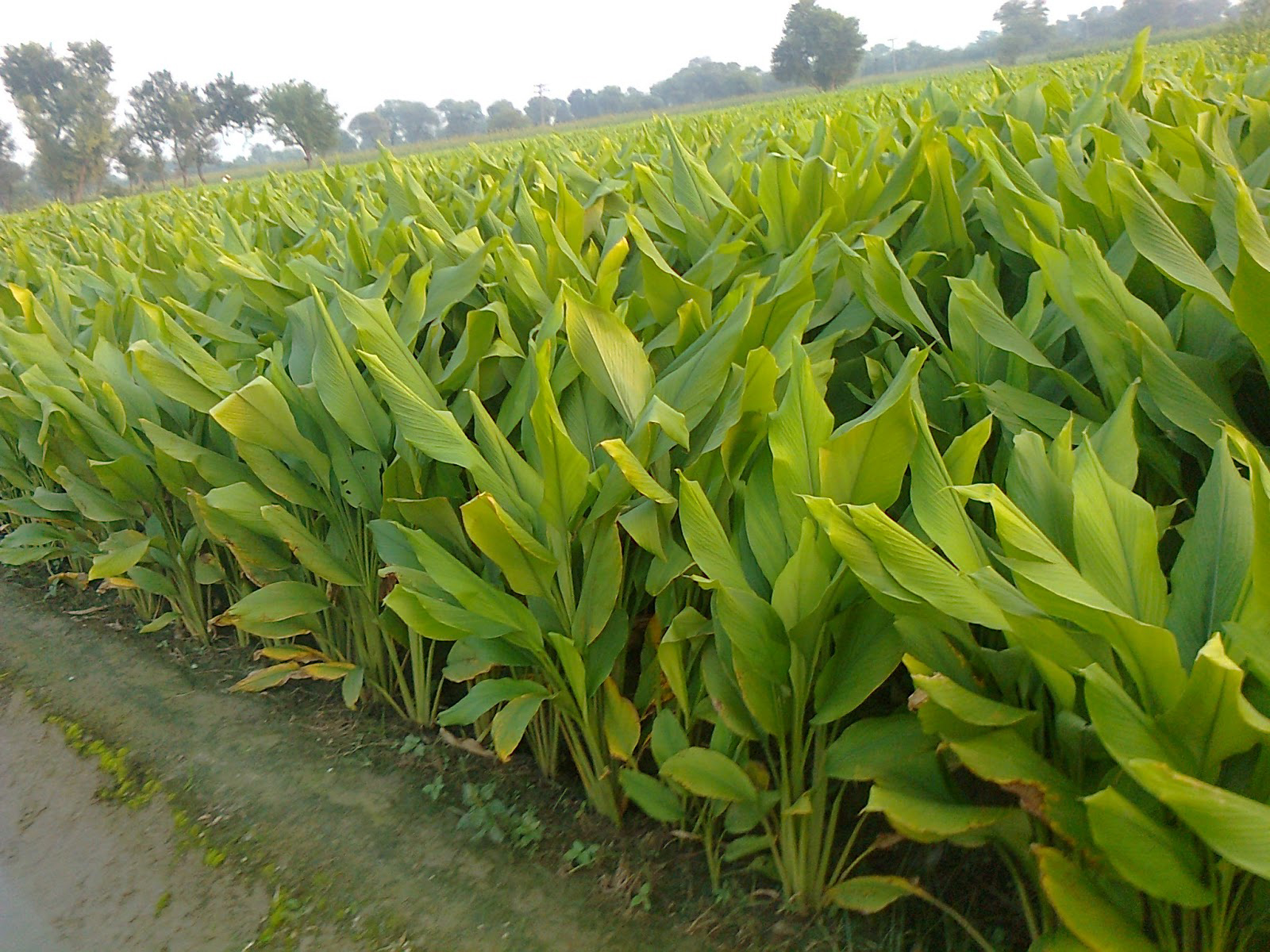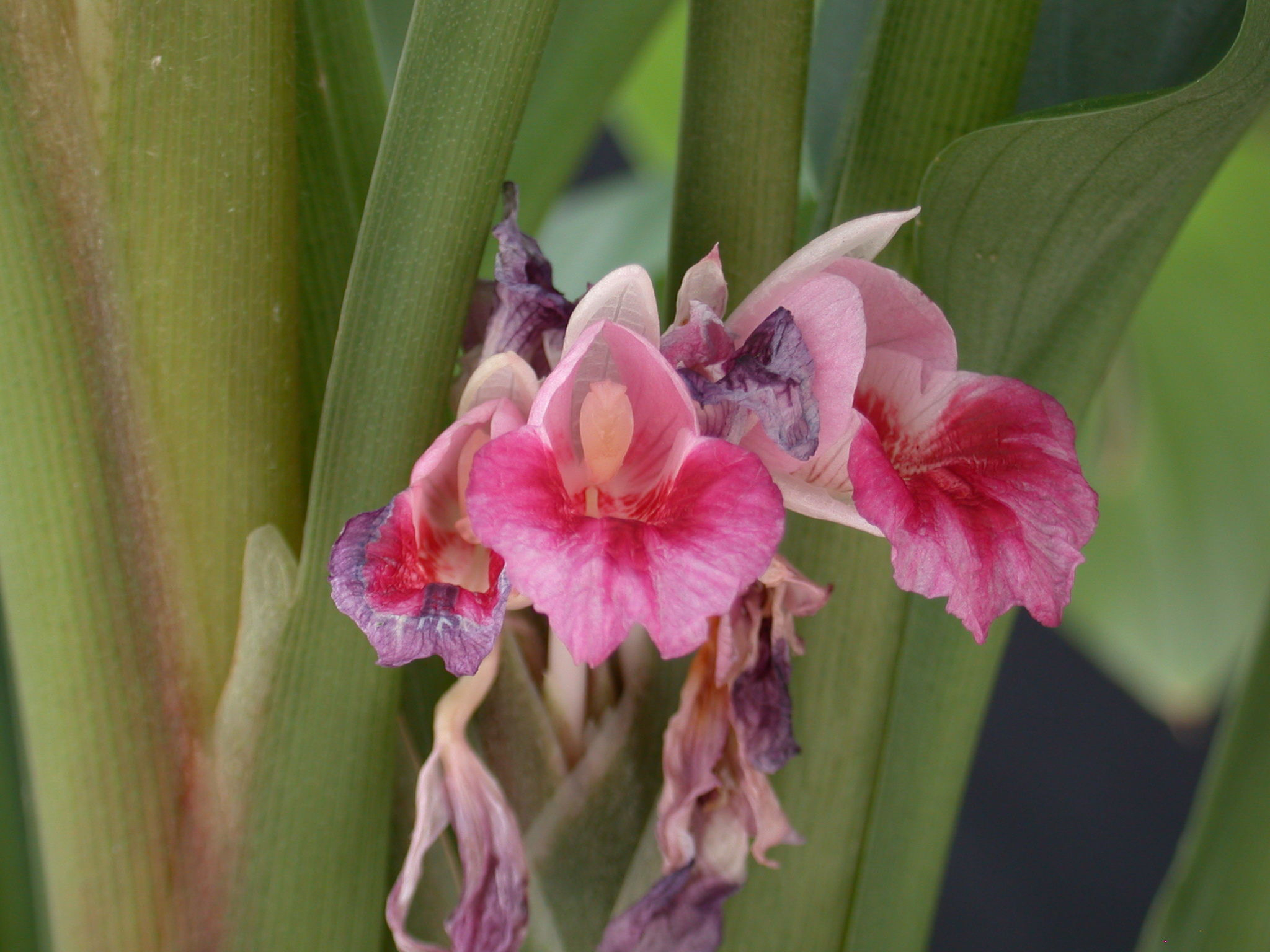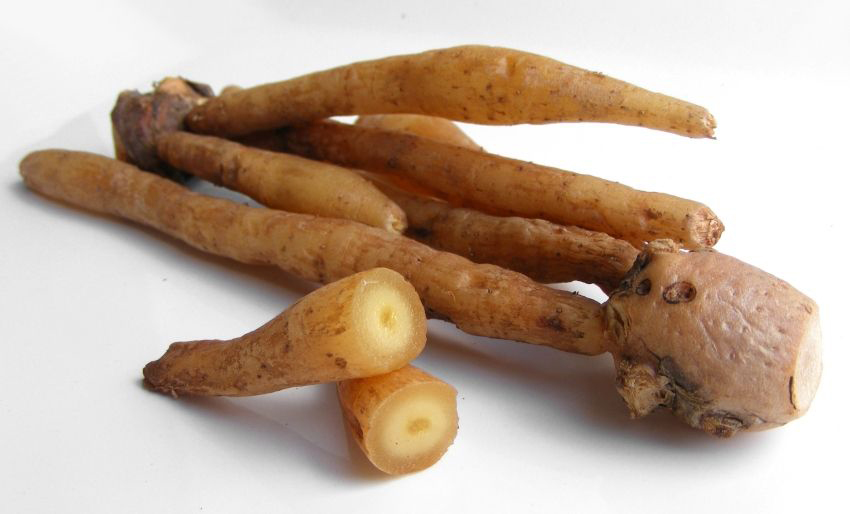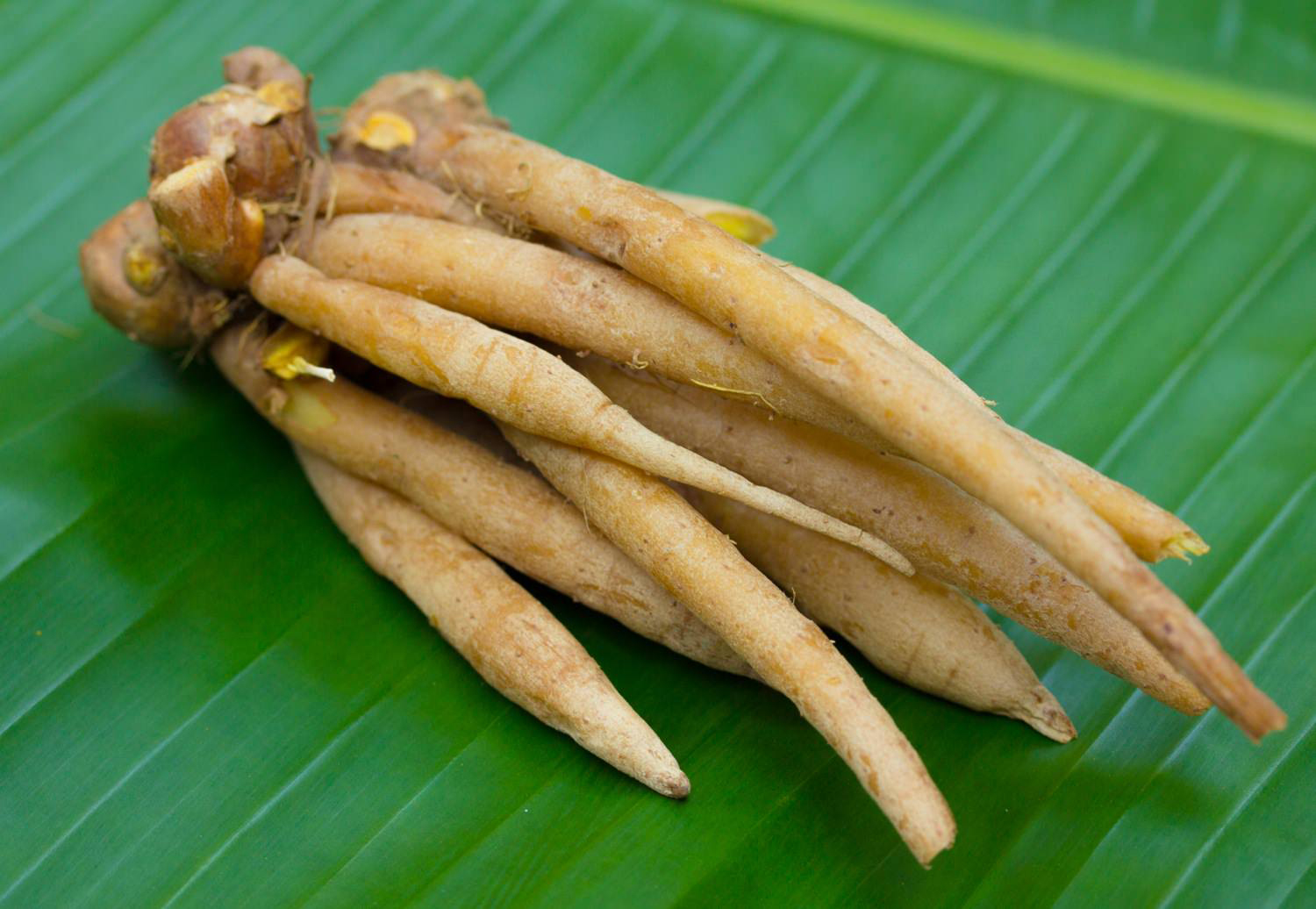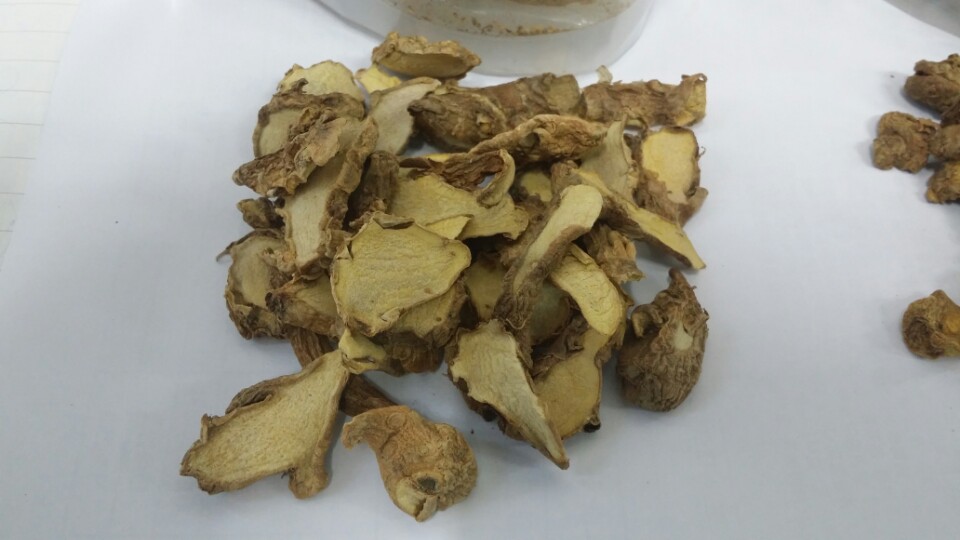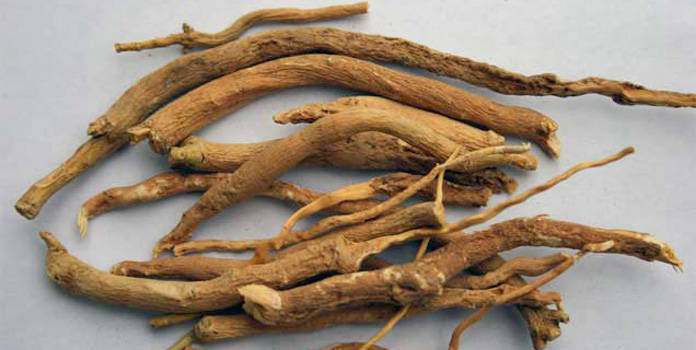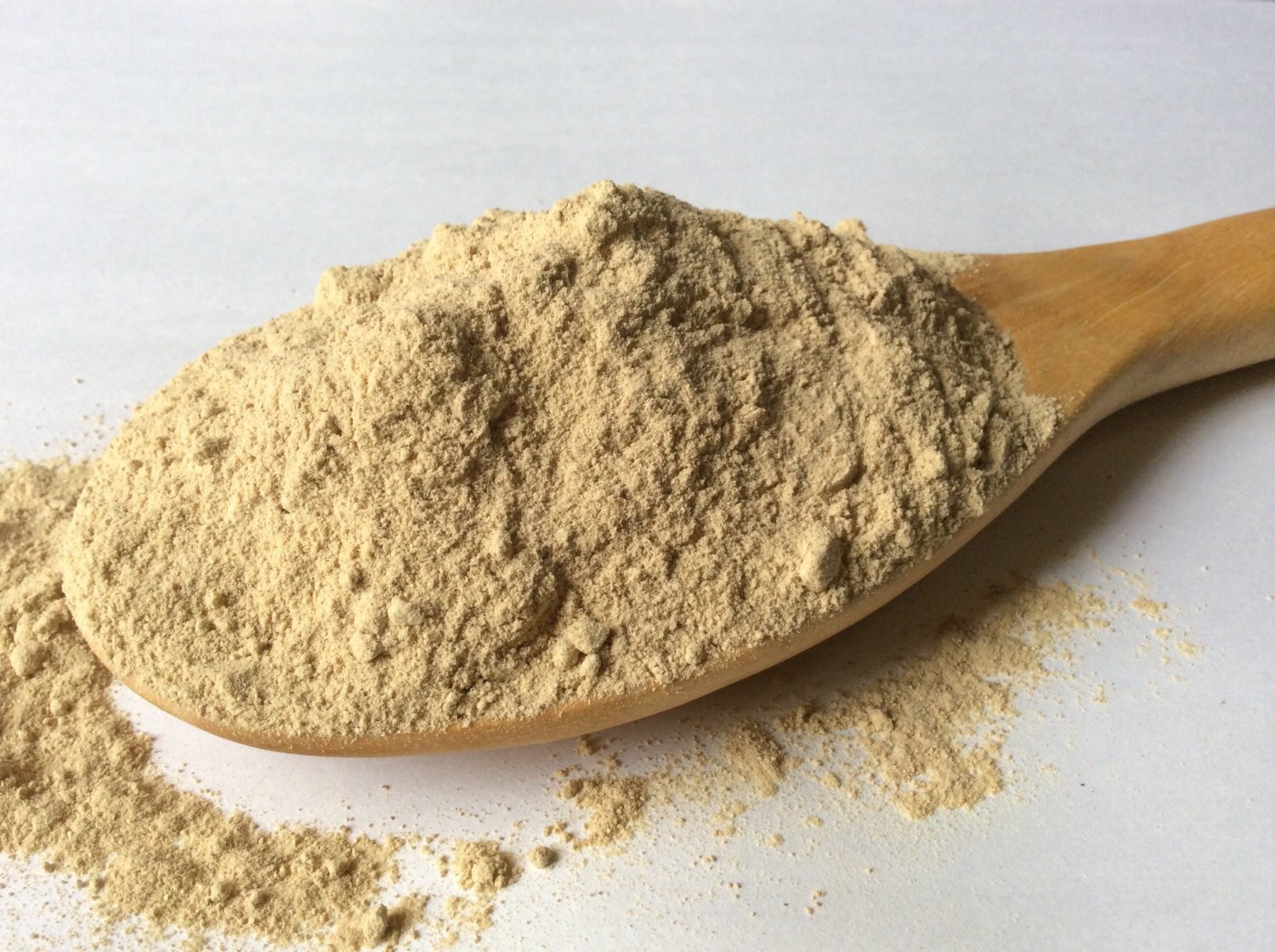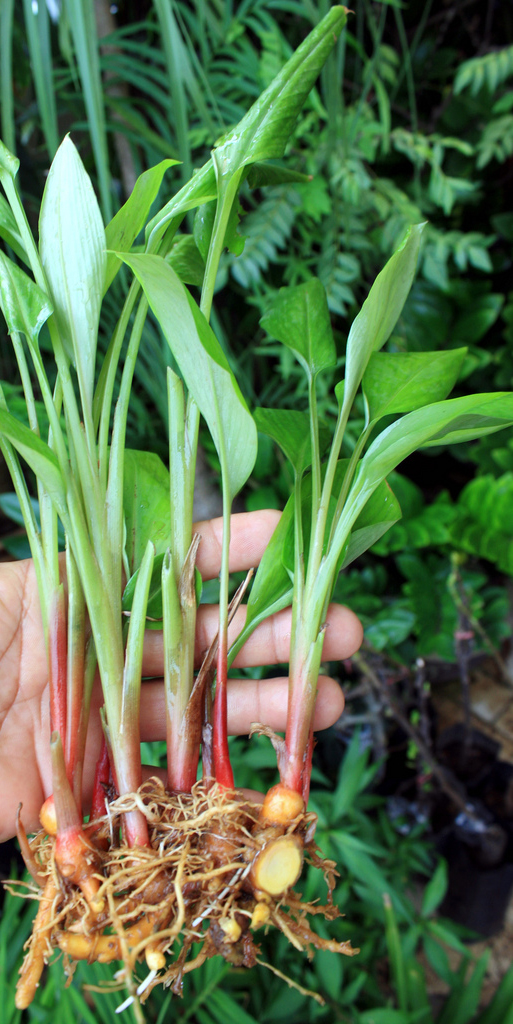Health Benefits of Fingerroot
Fingerroot is a vital ingredient used in many Asian countries and also used as a condiment in food. Traditionally it is used for the treatment of various illnesses as a tonic for childbirth, preventive remedy for leucorrhea and beauty aid for teenage girls. Rhizomes are used for the treatment of inflammatory diseases. Leaves are used for alleviating poisoning and allergies. It is also used to cure infections. The study shows that the isolated bioactive compounds found in fingerroot helps to treat various diseases. It is used to accelerate the development of stronger drugs to counteract diseases in future.
- Prevents Helicobacter pylori
Helicobacter pylori is a bacteria which is the cause for dyspepsia, gastritis and peptic ulcer and also associated with the development of colon cancer and gastric. Fingerroot prevents the infection of Helicobacter pylori. The oil extracted from the roots helps to exhibit anti-Helicobacter activities. B.rotunda has flavonoid components that serve as a drug for inhibiting infection caused by H.pylori.
- Prevent bacteria
Pathogenic bacteria are the cause for promoting diseases in humans as well as plant. The study shows that Fingerroot has high inhibitory activity against B.cereus, L.monocytogenes and S. Aureus. The extract inhibits the spoilage bacteria such as L.cellobiosus and L.plantarum. It also possess antimicrobial activities against Staphylococcus strains.
- Helpful for HIV patients
Amoeba Entamoeba histolytica causes the infection called Amoebiasis that causes chronic and acute diarrhea in the patients of HIV. It is used to treat the diseases at low cost. The chloroform extracts of B.rotunda, A.galangal and B.lupulina helps to inhibit propagation of amobeas.
- Inhibits giardiasis
B.rotunda has inhibitory activity against Giardia lamblia which is the cause for giardiasis that is the inflammation of small intestine that causes nutrient deficiencies and diarrhea. It might cause chronic diarrhea in HIV patients. The chloroform and methanol extracts contains bioactive compounds that helps to prevent giardiasis.
- Prevent cavity
The oral bacteria named Streptococcus mutans and Lactobacillus is the cause for tooth decay and dental caries. It produces bacteria in the presence of fructose and sucrose that damages the tooth. The extract of B.rotunda has bactericidal activity against S.mutans that could be used as a mouthwash or applied to toothpaste.
- Treat ulcers
Fingerroot is a medicine used for the treatment of ulcers in Indonesia as well as Thailand. The methanolic extract of B.rotunda provides antiulcer effect and has pinostrobin that exhibits cytoprotective effects on the rats induced with ulcers. It lowers the mucosal content. Pinostrobin has antioxidant activity that could lower the level of thiobarbituric acid reactive substances.
- Obesity
This has become a common threat to humans globally. It is caused due to accumulation of fat due to improper balance of energy and lipid metabolism. It could also cause cardiovascular diseases and liver diseases. The study shows that the improvement in serum lipid profiles and reduction in fatty liver was shown in mice.
- Prevent colon and breast cancer
Colon cancer and breast cancer has become the leading cause for cancer deaths. Although the research is going on for the effective treatment or anticancer drug to counteract these diseases, due to the lack of knowledge on these cancers physiology, researchers are still far. The current researches are being focused on the natural herbs that act as anticancer drug. Fingerroot is one of them. It is found that Zingiber aromaticum and B.rotunda has the ability to exhibit the growth of colon cancer cells and breast cancer cells.
- Treat leukemia
The rhizome of Fingerroot has antileuckemic activity and possess five flavonoid derivatives , pinocembrin, pinostrobin, alpinetin, pinocembrin, boesenbergin and cardamonin that could inhibit the growth of cancer cells.
- Heal wounds
Rhizome of Fingerroot has ethanolic extracts that helps to accelerate the wound healing process in rats. The study shows that the wounds which are dressed with the extract of rhizomes as well as intrasite gel healed quickly. It lead to lower appearance of scar. It prevents mitigation and treats various diseases.
Traditional uses
- It is used for the treatment of illnesses such as muscle pain, rheumatism, peptic ulcer, gastrointestinal disorder, dental caries, dermatitis, diarrhea, wounds and diuretic.
- The tonic made from roots is used as carminative, stomachic and an aid for colds, sore throat and coughs.
- It is useful for rheumatoid ailments.
- The rhizome is helpful for the people with erectile dysfunction, sexual problems and low sperm counts.
- It prevents the chances of dengue fever.
- Apply rhizomes and crushed roots to the painful body parts to ease rheumatic pain.
- It is also used internally to eliminate flatulence, improve digestion and appetite.
- It is a remedy for ulcers and dry mouths.
- It is useful for muscle pains, dysentery, diarrhea and rheumatism.
- It is also used to increase male libido.
- It maintains balance in blood pressure.
- It helps to relieve dysentery.
- It assists the function of kidneys.
- Roots and rhizomes are useful for treating ringworms.
- It is used to cure skin diseases.
- It is used for lung and sinus issues.
- It assist in detoxification of the body.
Precautions
- Seek medical help if you experience allergic reactions such as difficulty in breathing, hives, swelling of lips, face, throat and tongue.
- Side effects such as diarrhea, heartburn, heavier menstrual periods, stomach discomfort and skin irritation might be experienced.
- Use with the consultancy of doctor.
Culinary uses
- In Indonesia, it is used in Javanese cuisines.
- It is used as an ingredient in dish named kaeng tai pla.
- It is frozen or pickled in west.
- It is used in Thai cuisine named krachai.
- Rhizomes are consumed as vegetables.
Fingerroot facts
Fingerroot is a medicinal as well as culinary herb also called Chinese ginger that is native to China and Southeast Asia. As the shape of rhizome resembles fingers, it has got named as fingerroot. It is known as krachai in Thai. This plant belongs to Zingiberaceae family. This plant is either perennial or biennial that has tall leaves and pink to purple flowers.
| Fingerroot Quick Facts | |
|---|---|
| Name: | Fingerroot |
| Scientific Name: | Boesenbergia rotunda (L.) Mansf |
| Origin | Native to China and Southeast Asia |
| Health benefits | Prevents Helicobacter pylori, Prevent bacteria, Helpful for HIV patients, Inhibits giardiasis, Prevent cavity |
| Name | Fingerroot uses and benefits |
|---|---|
| Scientific Name | Boesenbergia rotunda (L.) Mansf |
| Native | Native to China and Southeast Asia. It is also cultivated in India, Indonesia, Cambodia, Vietnam, Myanmar, Sri Lanka and Thailand. |
| Common/English Name | Chinese ginger, Chinese key, Fingerroot, Lesser ginger |
| Name in Other Languages |
|
| Plant Size | Height: 50 cm |
| Rhizomes | Bright yellow, aromatic, ovoid to globose |
| Leaves | Oblong, ovate; Wide: 12 cm |
| Flower | Pink |
| Flavor/aroma | Spicy |
References:
http://veggiesinfo.com/fingerroot-properties-and-its-uses/
https://www.drugs.com/sfx/ginger-root-side-effects.html
https://en.wikipedia.org/wiki/Boesenbergia_rotunda
https://www.hindawi.com/journals/ecam/2012/473637/
http://eol.org/pages/1125981/overview
http://davesgarden.com/guides/pf/go/49521/
https://npgsweb.ars-grin.gov/gringlobal/taxonomydetail.aspx?100983
https://www.ncbi.nlm.nih.gov/pmc/?term=Boesenbergia+rotunda
https://www.ncbi.nlm.nih.gov/pubmed/21771650
https://www.itis.gov/servlet/SingleRpt/SingleRpt?search_topic=TSN&search_value=506504#null
http://www.plantnames.unimelb.edu.au/Sorting/Boesenbergia.html
http://www.gbif.org/species/2758480/vernaculars
https://www.hindawi.com/journals/ecam/2012/473637/
| Boesenbergia rotunda (L.) Mansf |


